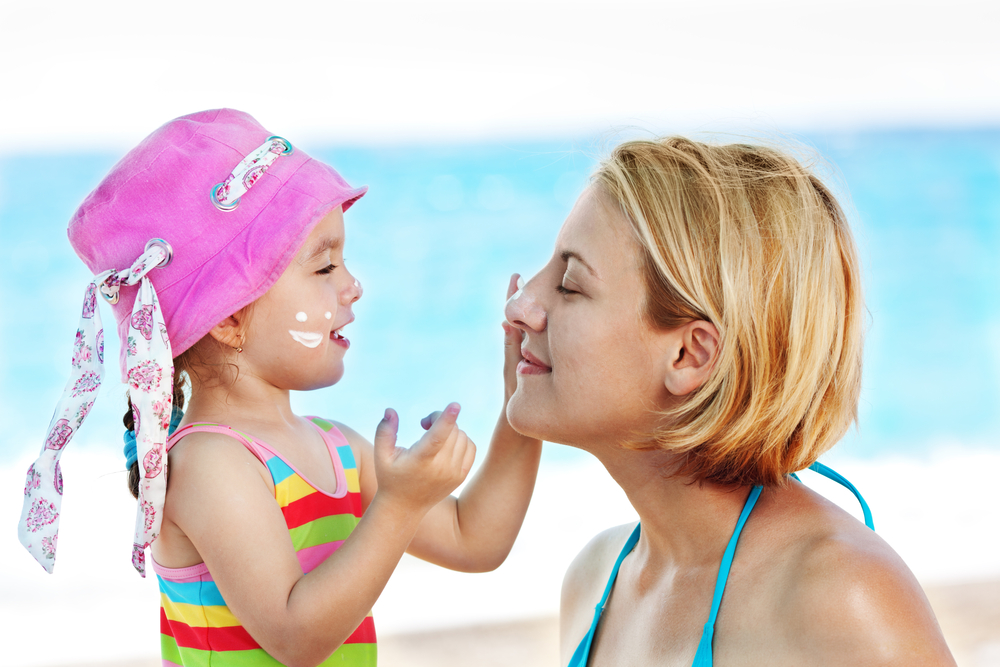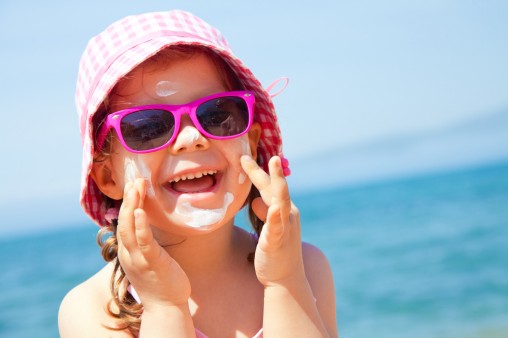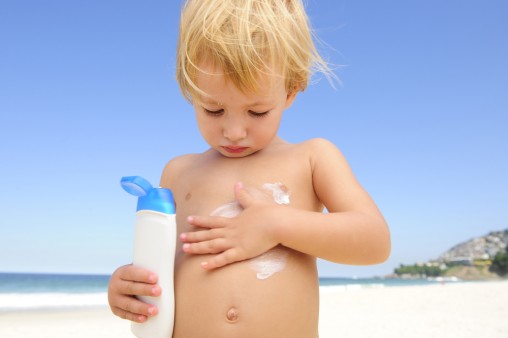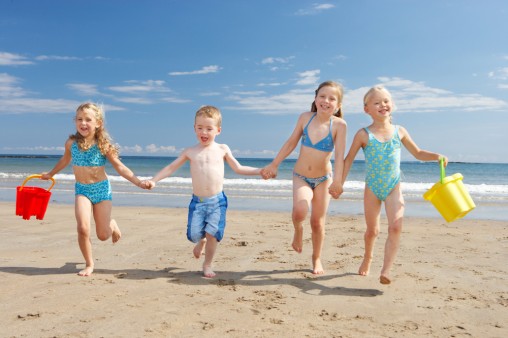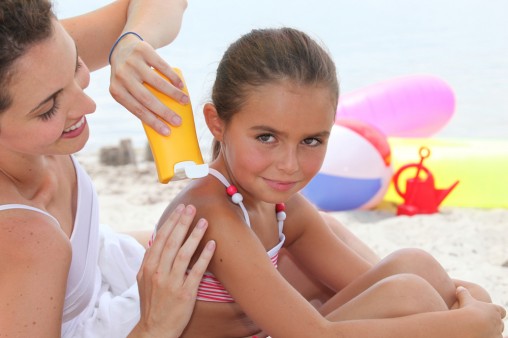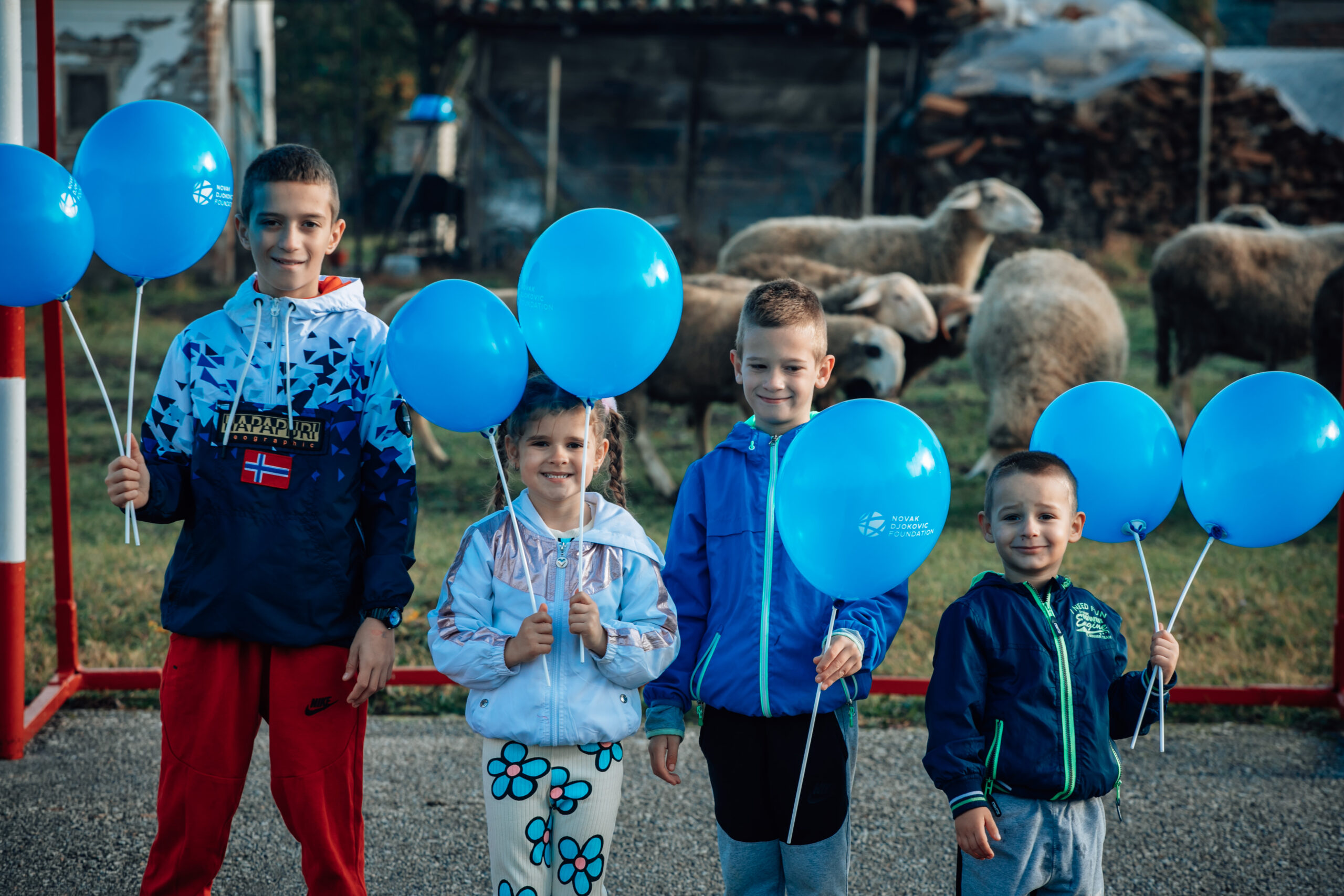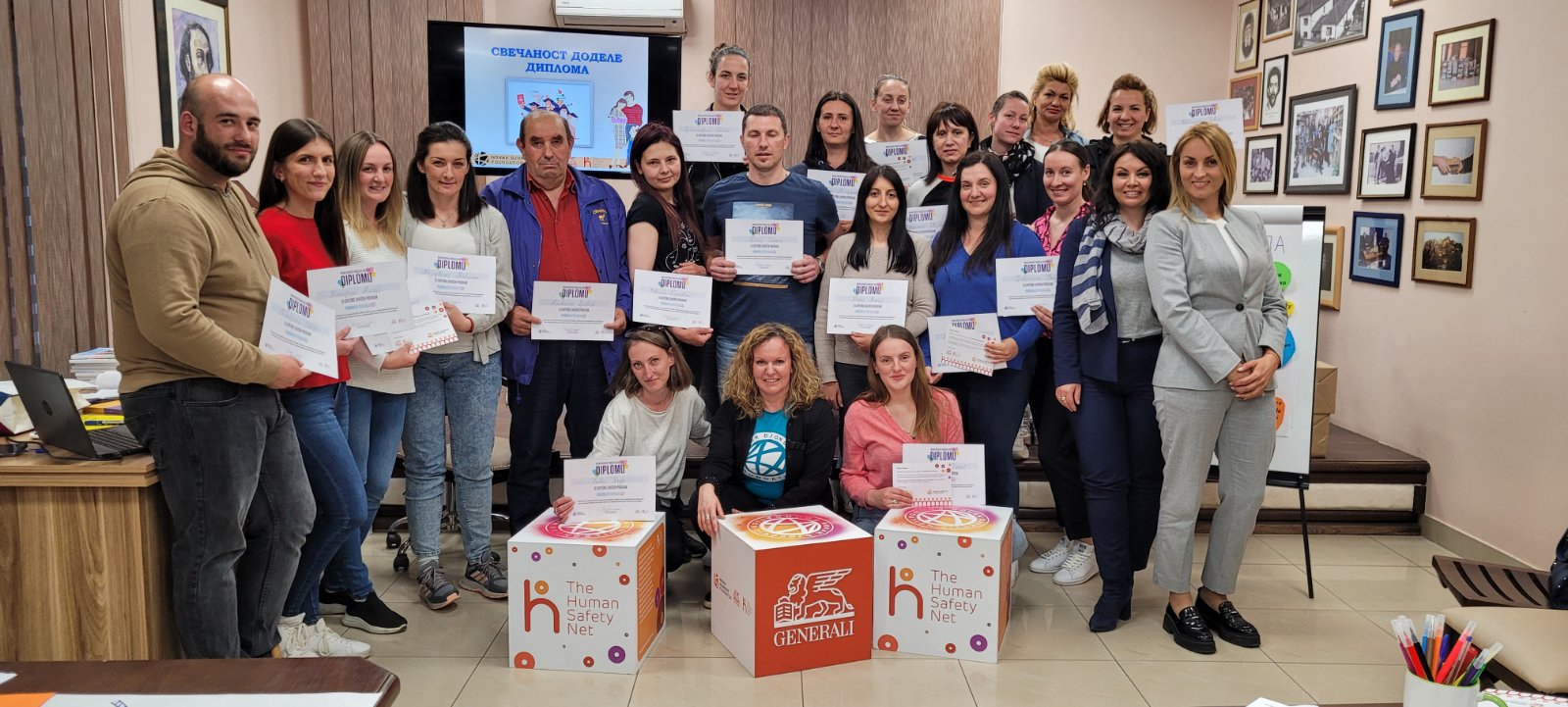Too much sun exposure can cause skin damage, eye damage, immune system suppression and skin cancer. It’s important for parents to adhere to sun safety rules and keep their children safe in the sun their entire life
Summer is here which means one thing to many people: fun in the sun. Sunshine is the best source of Vitamin D, which helps us absorb calcium for stronger, healthier bones. But, too much sun exposure can cause skin damage, eye damage, immune system suppression and skin cancer. It’s important for parents to adhere to sun safety rules and pass down these precautions to their children to help them stay safe in the sun their entire life.
What is sunlight?
Sunlight contains three types of ultraviolet rays: UVA, UVB and UVC:
- UVA rays can cause skin aging and wrinkling and contribute to skin cancer. A UVA tan does not protect you from skin diseases.
- UVB rays can cause sunburns, cataracts, affect the immune system and cause skin cancer.
- UVC rays are the most dangerous but are fortunately blocked by the ozone layer and do not reach earth.
- UVA and UVB rays are the ones we need to protect ourselves and our children from.
Who is at risk?
No one is safe from the sun, no matter what their skin color is. But unprotected sun exposure is even more dangerous for children with moles on their skin, very fair skin and hair, and a family history of skin cancer. The location in which you choose to soak up the sun is also important to note, but whether you are at the mountains or the beach, you’re still at risk. Extra precaution should be taken near the equator, where the sun is strongest, and at high altitudes, where air and cloud cover are thinner. So that means even if you are skiing in the snow, you should still be wearing sun protection. UV rays reflect off both snow and water.
Best ways to stay safe in the sun
The Centers for Disease Control and Prevention suggests the following tips for staying safe from the sun when outdoors:
Avoid the strongest rays of the day
When the sun is at its highest point in the sky during the day, find some shade (usually 10 a.m. to 4 p.m.). Even when there are clouds or it’s cool, UV rays find their way to your skin.
Cover up
The best way to block the sun rays? Cover your skin. If long sleeves and pants are out of the question, bring an umbrella, tent or something to shade you from the sun.
Use sunscreen
SPF (sun protection factor) is an important number. Children ages 6 months and older should use SPF 30 or higher. Apply generously whenever children will be in the sun about 15 to 30 minutes before. Re-apply approximately every two hours, per instructions of the American Academy of Dermatology. If your child will be in the water, use a waterproof sunscreen.
Use protective eyewear
Eyes are as important to protect in the sun as your skin. Provide sunglasses for your child with 100% UV protection.
What to do if your child gets a sunburn
Too much sun can cause a burn on your child’s skin. Symptoms for a mild sunburn include skin redness and warmth, pain and itchiness. For a severe sunburn, children could experience skin redness, blistering, pain, headache, nausea, fever and dizziness.
Use these tips if that unfortunate occurrence happens:
- Have your child take a cool bath or apply cool, wet compresses to the skin.
- Apply aloe vera gel to sunburned skin.
- Have your child drink extra fluids to hydrate.
- Give your child an anti-inflammatory like ibuprofen or acetaminophen to lessen pain.
- Apply moisturizing cream to rehydrate skin and treat itching.
- Advise your child not to scratch or peel their skin.
- If the sunburn is severe and there is blistering, contact your doctor.

